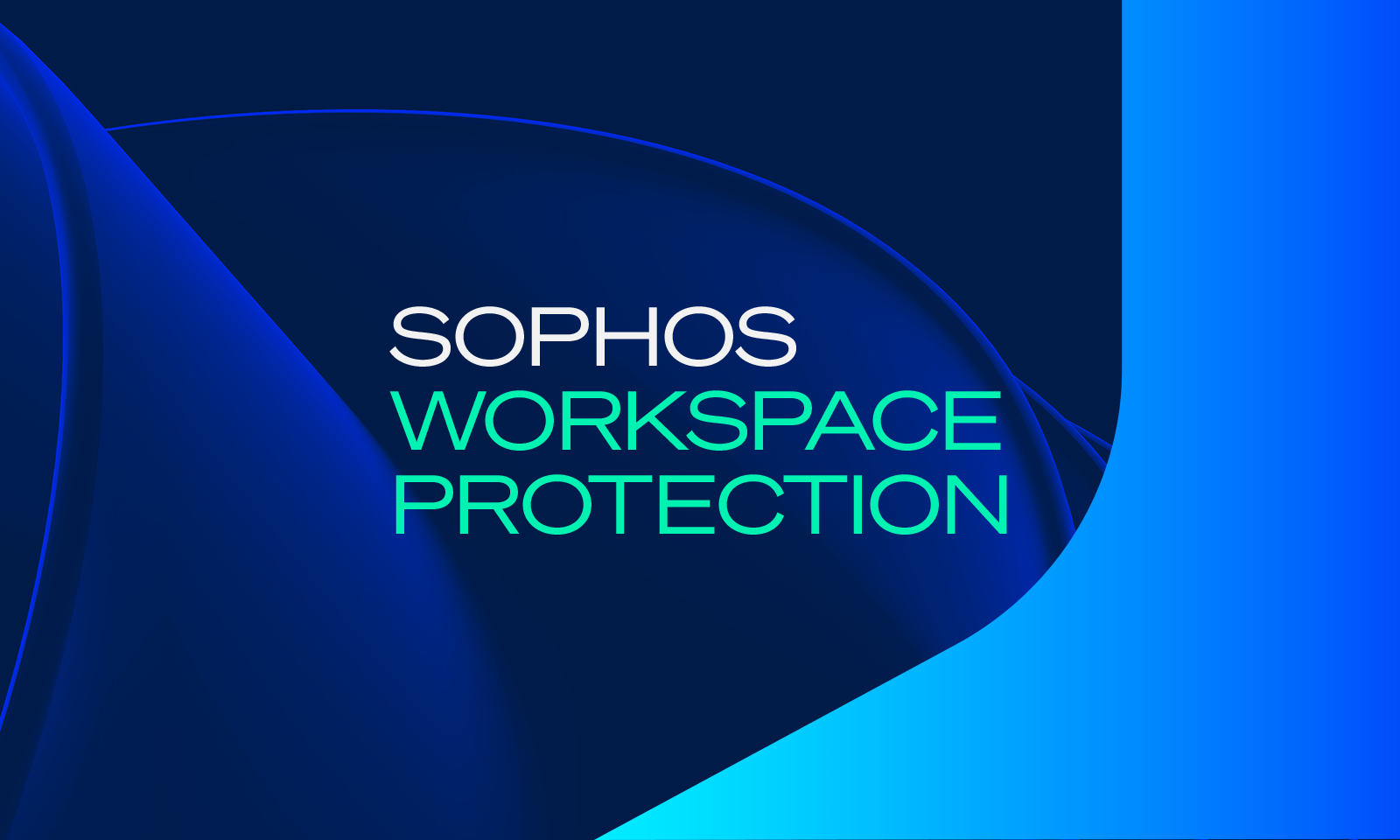
What is cloud governance?
More organizations are adopting a multi-cloud strategy for a multitude of reasons. While users only take minutes to spin up an instance of AWS, Google Cloud, or Microsoft Azure, securing the many cloud instances used across an organization is another matter. Securing a multi-cloud environment is challenging due to the increased attack surface and lack of visibility across cloud hosts and services. This is where cloud governance enters the picture. Cloud governance is a framework of policies established by a business that will define and enforce how they create, store, and share data in the cloud and ensure regulatory compliance.
About Cloud Governance
Cloud governance is a cloud policy framework used to define and enforce how your end users work and run services in the cloud. The main objective of cloud governance is to maintain best data security practices and ensure that all internal, external, or regulatory policies are followed and enforced.
The policies you establish as part of your cloud governance framework ensure that all your cloud-based assets across multiple environments, such as AWS, Google Cloud, and Azure, are properly deployed, integrated, and secured. Cloud governance also sets budget parameters to ensure that you extract the most value from your cloud deployments. Cloud governance policies require constant updates and changes. That’s because various groups create, access, and maintain your organization’s cloud systems and usually involve third-party vendors.
Ideally, your cloud governance initiatives will provide structure and repeatable security processes that meet your organization’s data security policies, budgetary needs, and any geographic or industry regulatory compliance obligations.
How does Cloud Governance Work?
The best approach to cloud governance balances access to cloud-based resources with managing security risks that can damage your infrastructure and compromise data. Your organization’s cloud governance initiative is unique to your business. Your users’ needs and your security team’s requirements must be at the heart of your cloud governance framework. Usually, building a cloud governance framework requires a multifaceted team of leaders from across the business to represent the operations, financial, security, and line of business needs that will be impacted by doing business in the cloud.
Start by examining the core areas of your business and how they could be impacted by a multi-cloud environment and a potential cloud security incident. The main aspects of cloud governance to consider as part of a framework must include the following:
- Financial management: Review and agree upon budget parameters for your cloud usage. Remember that, above all, your cloud environment is supposed to represent cost savings and efficiency.
- Operations management: To optimize the efficiency and cost-effectiveness of your cloud deployment, you’ll need to set requirements for service level agreements for cloud providers.
- Security and compliance management: Understand that your cloud provider bears some of the responsibility for the integrity of your data in the cloud, but ultimately, the bulk of accountability and security controls lies with you.
- Data management: Start by classifying your organization’s data into categories based on its sensitivity, value to the company, and regulatory considerations, and then create policies from there. For example, for customer data or employees’ personal information, data encryption should be the default.
- Performance management: When is a cloud service or application malfunctioning, and why? Do you have applications that are a drag on other resources? Part of your cloud governance framework must account for the overall performance of cloud assets and measure against benchmarks.
- Asset and configuration management: How many cloud resources do you need now, and what will you need in the future? Asset management is focused on scaling properly and eliminating waste.
Cloud governance is an opportunity for your development, security, IT, and compliance teams to align and create policy requirements, such as
- Clearly defined management roles and responsibilities
- An up-to-date inventory of all enterprise assets in your multi-cloud environment
- Compliance with all applicable industry standards and regulations, such as FFIEC, GDPR, HIPAA, PCI DSS, SOC2, the CIS Foundations Benchmark, and other standards.
- Identity and access management security controls for all users
- Data management and encryption policies for data in motion and at rest
- Disaster recovery policy in the event of a security incident or data loss
A cloud governance framework allows you and your users to access the many benefits of the cloud while shoring up your defenses against potential security risks.
What is a Cloud Governance Framework?
A cloud governance framework is designed to ensure that a multi-cloud environment adheres to best practices for data security. Your cloud governance framework must provide a plan of action that answers essential questions around cloud security policies, such as:
- Which regulatory compliance standards must we support for our cloud-based business operations and for our industry?
- How does our cloud security governance framework support our strategic business objectives?
- What are the known cloud security risks we must safeguard against?
- What are the consequences of a data breach or compliance breach on our business operations?
A cloud governance framework help manage cloud resources to ensure you’re getting the most out of your cloud spend. It can also curb shadow IT by reducing friction, so users can quickly and easily access the cloud resources they need to get work done. Cloud sprawl is an issue that is plaguing the current enterprise environment, but governance can help by eliminating redundancies and underutilized cloud resources.
Why is Cloud Governance Important?
Cloud governance is essential because, when implemented correctly, it significantly improves your organization’s performance and security. It enables you to empower your users to share, create, collaborate, and store data across multiple cloud environments with reduced risk. As today’s enterprise cloud environment becomes more complex, particularly with the rise of multi-cloud and hybrid cloud environments, cloud governance becomes even more critical. With the proper cloud governance framework, your users can access cloud resources seamlessly without placing data at risk, violating compliance, or running up against budget constraints.
What is Multi-Cloud Security?
With multi-cloud environments, IT teams often need more visibility, making it easier to monitor the security posture of virtual infrastructures. As part of a cloud governance framework, multi-cloud security addresses security risks associated with multi-cloud and provides solutions for the most common threats. Often, multi-cloud security solutions provide a unified management console to make it easier for IT to monitor, view, and dive deeper into user behaviors across multiple cloud instances.
What are Common Multi-Cloud Security Threats?
Shadow IT is one of the most significant security threats to a cloud environment. Shadow IT is the unsanctioned use of technology in the enterprise. Shadow IT unwittingly increases the attack surface within the cloud because IT lacks visibility into these secret applications, usually brought in by users and line of business managers. Unfortunately, it’s all too common to turn to shadow IT systems when users don’t get approval fast enough from IT.
Another common multi-cloud security issue is cloud misconfiguration. This can be the result of a network administrator error or an issue of clashing security settings between various cloud instances in your environment. The more cloud vendors and settings in your environment, the more complicated configuration becomes. Automation can help with this by removing humans from the configuration process. Cloud governance should include provisions for the use of automation to help with resource allocation, software configuration, and much more.
Another leading threat to cloud security is identity security. Most cloud services require users to log in to access them, and as we know, any account with a username and password is constantly at risk of being compromised. Cyber-attack vectors such as phishing and social engineering specifically target credentials for cloud services. In multi-cloud environments, securing user access control is more challenging. For a successful multi-cloud security strategy, you need a cloud governance framework that supports the application of security and access policies across all cloud systems and monitors for any compromise of user credentials.
What is Cloud Native Security?
Cloud-native security solutions ensure that security best practices are built into applications from the infrastructure planning phase to the client delivery process and even post-delivery maintenance of the software. By embedding security throughout every step in the software development life cycle, cloud-native security delivers complete, multi-cloud security coverage across environments, cloud workloads, and identities.
What is Cloud Security Posture Management?
Cloud security posture management (CSPM) is an increasingly popular category of cloud security product that automates security and provides cloud compliance assurance. CSPM detects and automatically remediates cloud misconfigurations, a significant security risk.
As your organization continues to expand in the cloud and take advantage of cloud-native workloads like containers, you should be aware of the techniques that cybercriminals use to target hidden gaps in security responsibilities and misconfigurations. CSPM tools work to secure these gaps. They continuously view and maintain an inventory of security best practices for your organization’s various cloud configurations and services. CSPM tools are designed to analyze for security risks, over-privileged access, or spending anomalies.
These best practices are cross-referenced and mapped against your current configuration statuses to an established security control framework or a specific regulatory standard-a crucial aspect of multi-cloud security. CSPM tools are flexible enough to work with IaaS, SaaS, and PaaS platforms in containerized, hybrid cloud, and multi-cloud environments.
What is a Cloud Security Assessment?
The first step in strengthening your cloud security posture is visibility. A cloud security assessment can help you evaluate the current state of your organization’s cloud infrastructure. It’s an opportunity to discover whether your cloud environment has the appropriate level of security and governance and to learn about any gaps in your cloud security strategy.
While every cloud security provider has their own approach, any cloud security assessment should include the following:
- Network visualization: A complete visualization of all your public cloud environments with detailed asset inventory.
- Audit-ready reports: Audit-ready regulatory compliance and security best practice reports, mapped to leading cyber security and data privacy standards.
- Recommendations: A prioritized report with remediation paths for security and compliance gaps that are placing your organization at risk.
A cloud security assessment is a proactive way to identify any vulnerabilities, such as weak cloud security settings, common misconfigurations, account permission anomalies, and more.
Sophos Cloud Native Security
Your cloud environments need to be tough, hard to compromise, and quick to recover. Cloud governance is a crucial element of making sure your cloud deployments are secure and resilient while enabling users to get their work done.
Sophos Cloud Native Security (CNS) has the power to detect and remediate multi-cloud security risks while also maintaining compliance. With Sophos CNS, you can reduce your overall attack surface in the cloud while also achieving the following:
- Increased efficiency in multi-cloud environments: With cloud security posture management across AWS, Azure, and GCP environments in a single console.
- Total cloud visibility: See it all. View your asset inventories, network visualizations, cloud spending, and configuration risks from development to production.
- Continuous compliance: Leverage automation of security best practices and continuous compliance assessments to save weeks of effort with audit-ready reports.
Are you ready to learn more about cloud governance? Get in touch with a Sophos expert today.
Related security topic: What is secure access service edge (SASE)?
.svg?width=185&quality=80&format=auto&cache=true&immutable=true&cache-control=max-age%3D31536000)


.svg?width=13&quality=80&format=auto&cache=true&immutable=true&cache-control=max-age%3D31536000)



